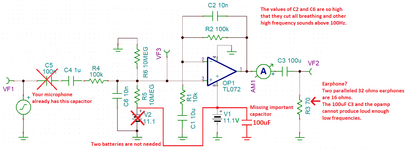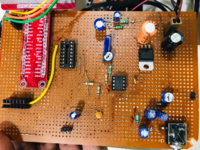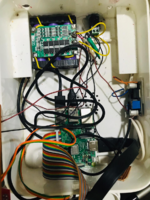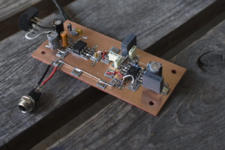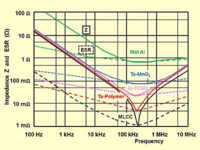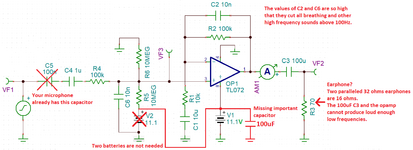MD_SHAHRUKH
Advanced Member level 4
- Joined
- Jun 5, 2017
- Messages
- 103
- Helped
- 4
- Reputation
- 8
- Reaction score
- 5
- Trophy points
- 18
- Location
- Bangalore, India
- Activity points
- 1,107
Hello everyone,
I have been working on an electronic stethoscope in which I have implemented one piezoelectric senor to hear the heartbeat, I get the heartbeat sound very clear to my earphone, but when acquiring that signal to ADC and try to plot the same, I am facing the issue of not so good signal, that means the plot rarely visualize the lub dub signals.
I have made many changes to the circuit, it enhances my sound signal but it is not at all improving my plot.
Should I get some digital IC into it? or analog circuit with ADC works fine?

I have been working on an electronic stethoscope in which I have implemented one piezoelectric senor to hear the heartbeat, I get the heartbeat sound very clear to my earphone, but when acquiring that signal to ADC and try to plot the same, I am facing the issue of not so good signal, that means the plot rarely visualize the lub dub signals.
I have made many changes to the circuit, it enhances my sound signal but it is not at all improving my plot.
Should I get some digital IC into it? or analog circuit with ADC works fine?
